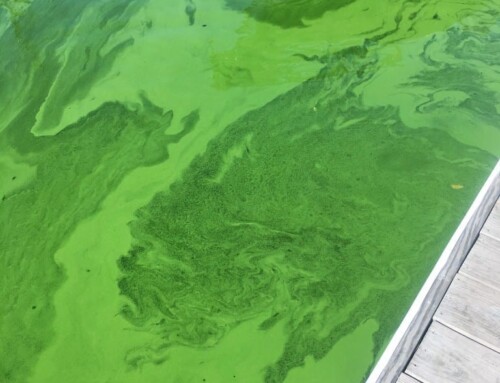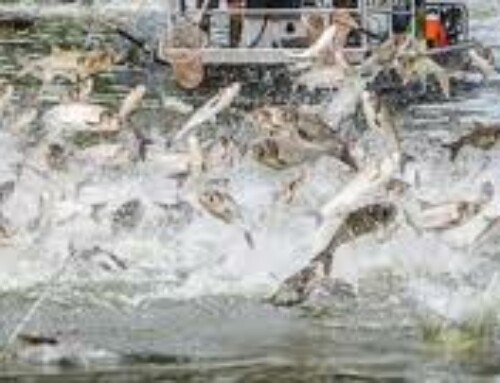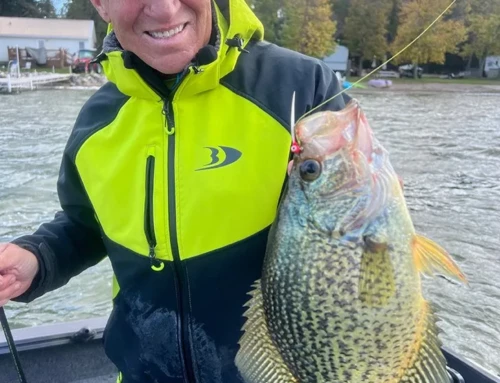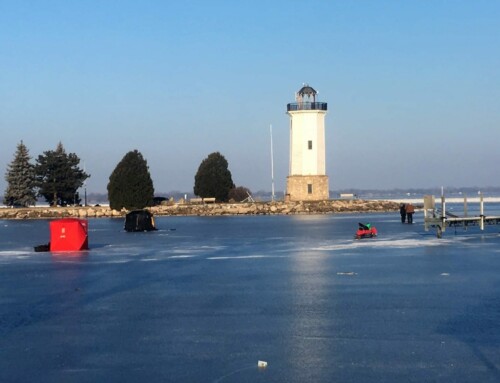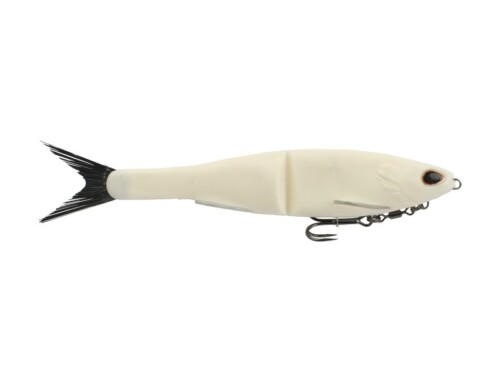By Mark Schram
Lake Winnebago in Wisconsin is a popular destination for winter sports enthusiasts and those looking for a unique travel experience. Whether you’re a seasoned traveler or a beginner, here’s a guide to help you plan your winter trip on Lake Winnebago’s ice.
First, No matter where you get the information, the ice is never 100% safe, and the ultimate decision-maker is YOU! I always suggest having a GPS with you when venturing on the ice.
I often use an app called MapMyRide. To track my movements. If interested, read this story of my survival, and you will understand how fickle weather can be and how important a GPS becomes. https://www.postcrescent.com/story/sports/outdoors/blogs/2015/02/24/schram-green-bay-ice-survival/23931739/
Many local fishing clubs will maintain” ice roads” on Lake Winnebago, providing access and travel across parts of the lake. Most club by-laws maintain a 12″ ice thickness and must be present at all road locations before deploying the “tree line.” Once established, former Christmas trees are used to mark an “Ice Road”. Like an interstate highway, this is the prominent roadway sportspeople will use to travel on the lake. Ice roads are also plowed roads in many seasons, clear of snow drifts and ice chunks. Check with the locals clubs prior to departure for current conditions.
The roads are marked every tenth of a mile with a single tree. Rookie travelers should always stay on the main road or with visibility to the tree line. White-out conditions can whip up in seconds, and these roads provide a path back to shore and safety.
Every mile ventured will be marked with a special mile marker. There will be multiple trees in a line. You will be 4 miles from the shore if you see four trees together.
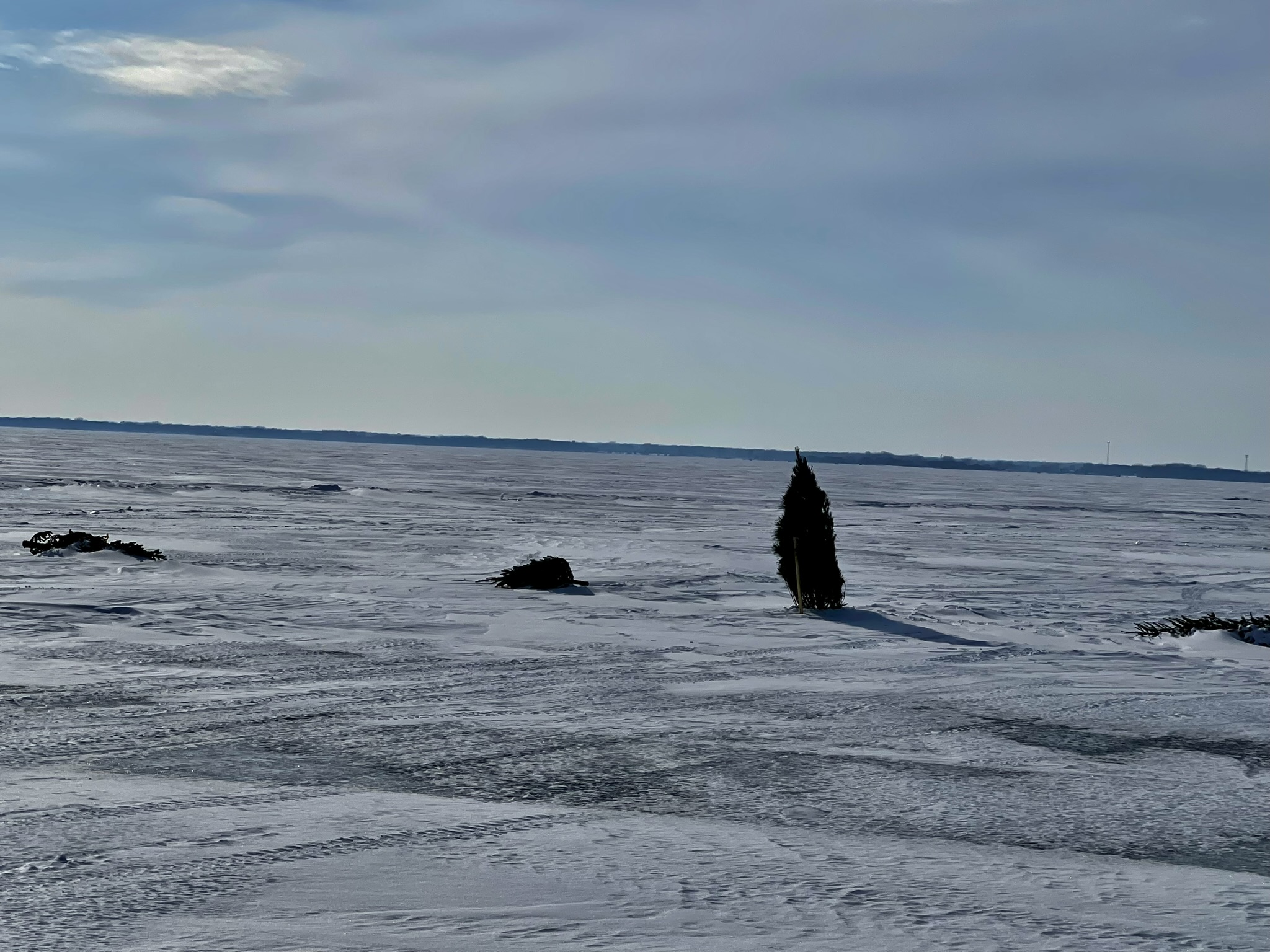 Most importantly, trees that are laid on their side indicate bad ice, dangerous ice, or open water.
Most importantly, trees that are laid on their side indicate bad ice, dangerous ice, or open water.
Please do not go near trees laid on their side to investigate.
There are cracks in the ice. Two types of cracks are customarily found, and some are small pressure cracks found all over the lake, typically no more significant than your fingers’ width. Most of these are harmless.
However, major pressure cracks are dangerous and often contain open water. As the wind blows or temperature changes, these cracks are moving and can expand. Never assume your last crossing spot is safe when you come back. Major cracks can run for 10 miles or more.
 The fishings clubs have bridges which they use to gap cracks from one sheet of ice to another. These are found on the marked roads only. The bridges should only be used by one vehicle at a time, and need to be driven over slowly and carefully.
The fishings clubs have bridges which they use to gap cracks from one sheet of ice to another. These are found on the marked roads only. The bridges should only be used by one vehicle at a time, and need to be driven over slowly and carefully.
Do not attempt to jump cracks. Often these “jumps” results in sunken cars or worse.
Lake Winnebago is a fun destination for outdoor enthusiasts in the winter. Be safe and understand your surroundings.

